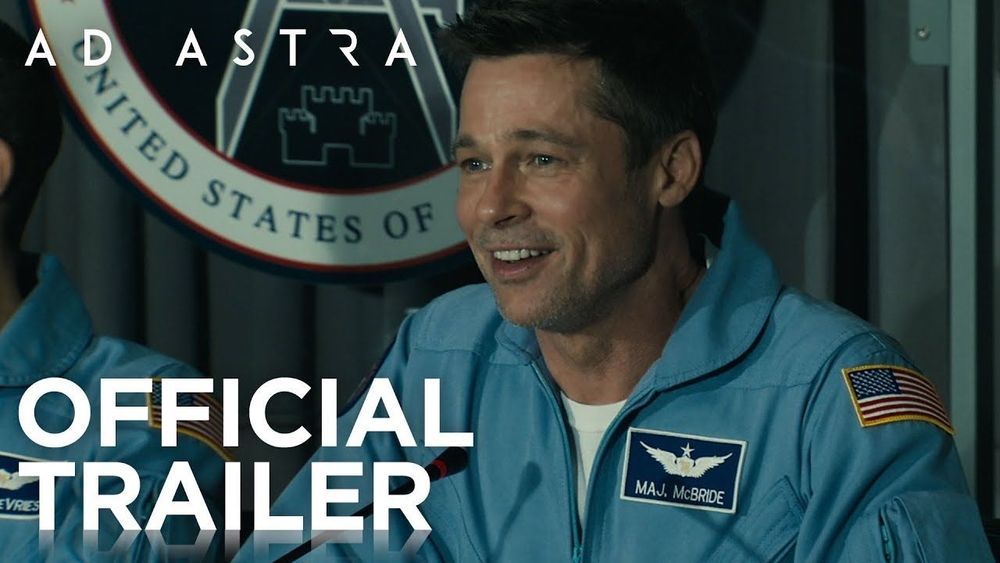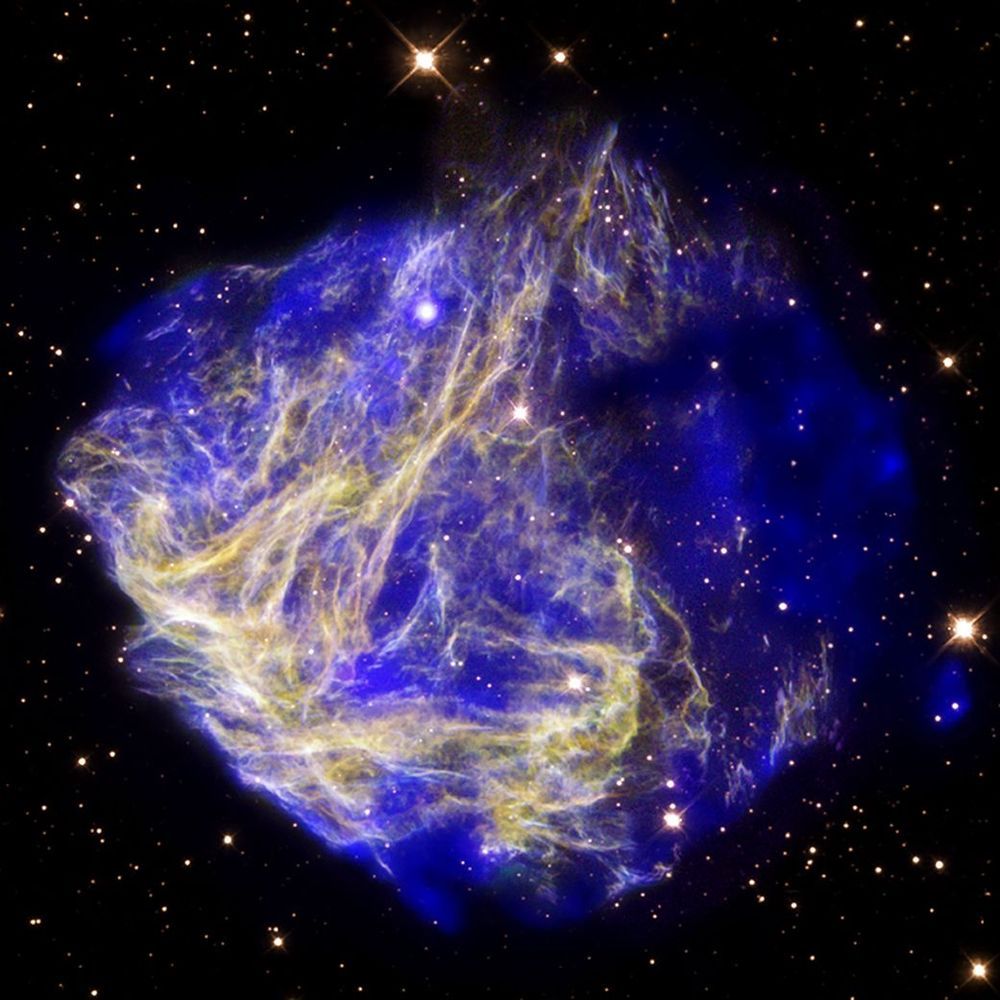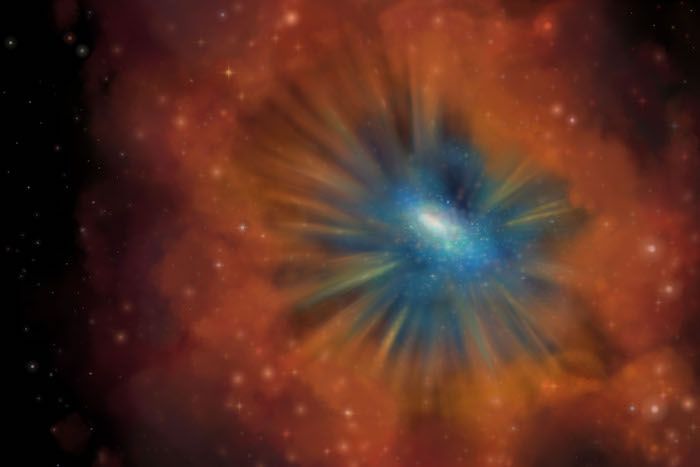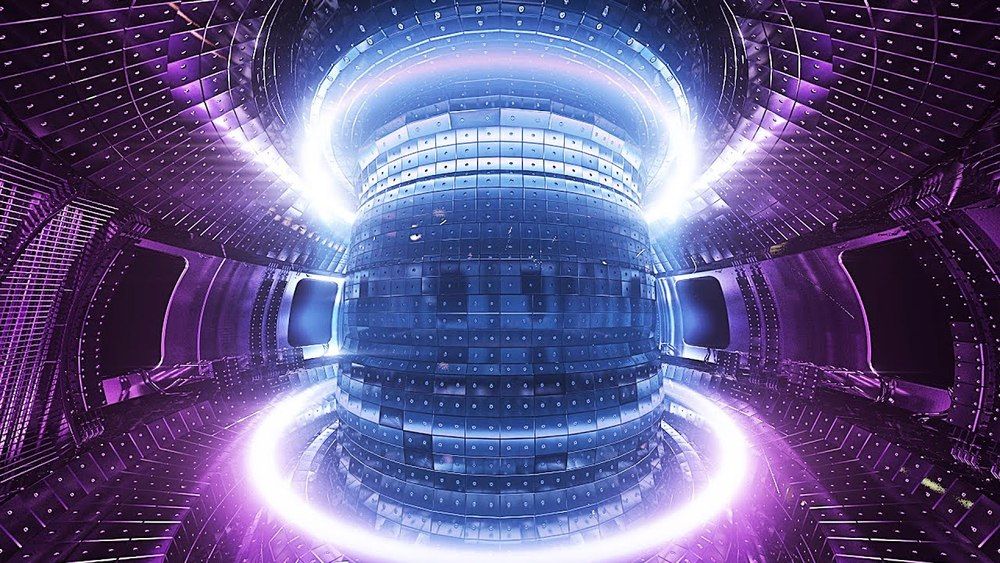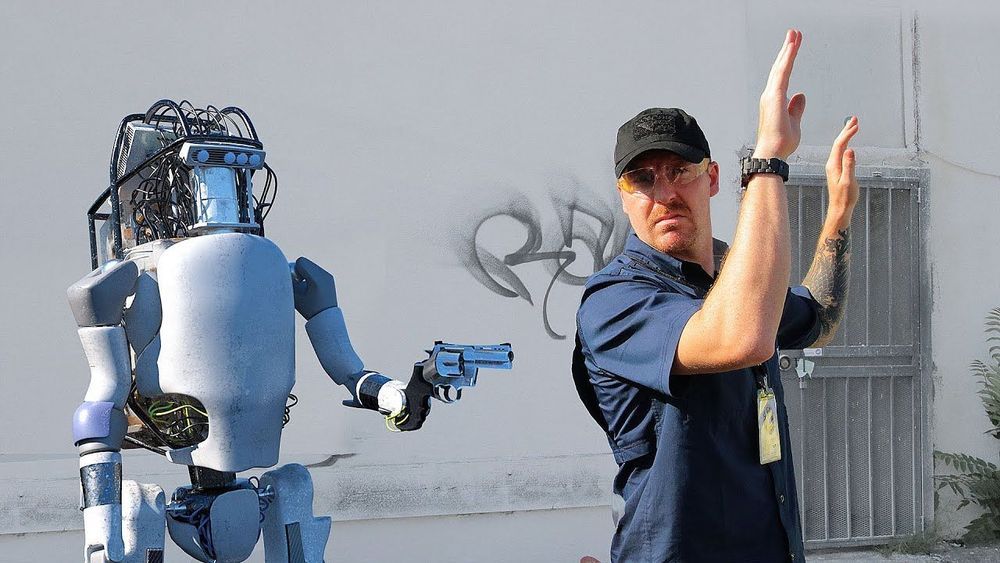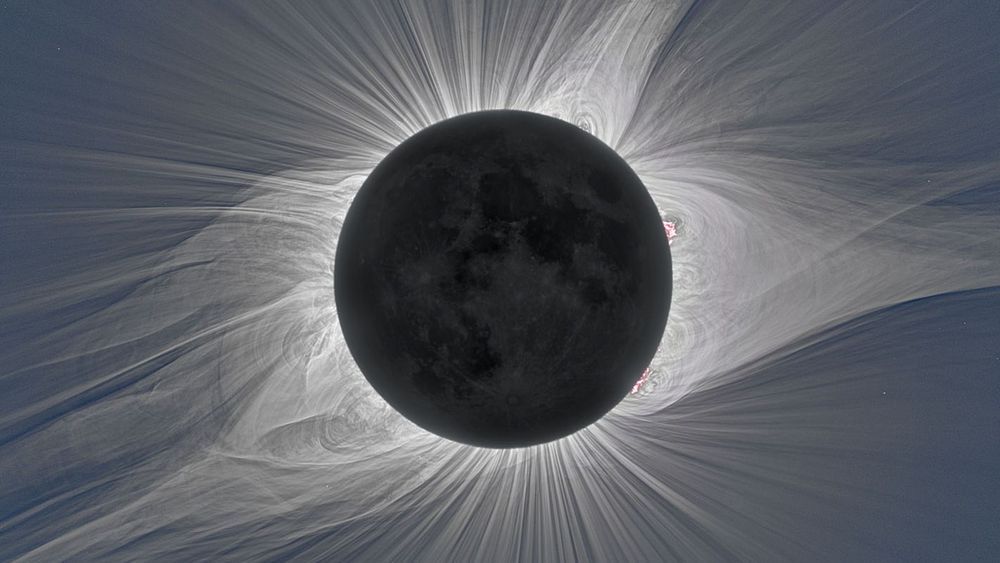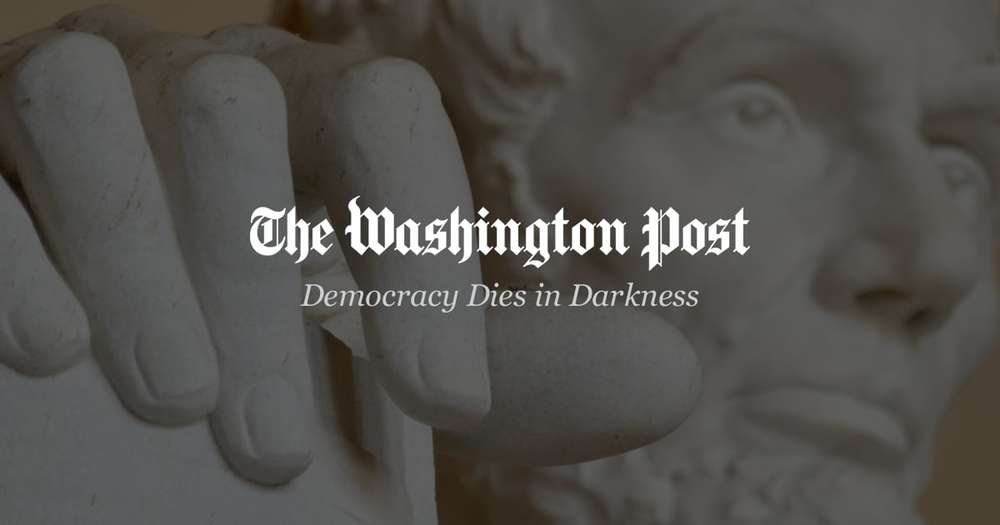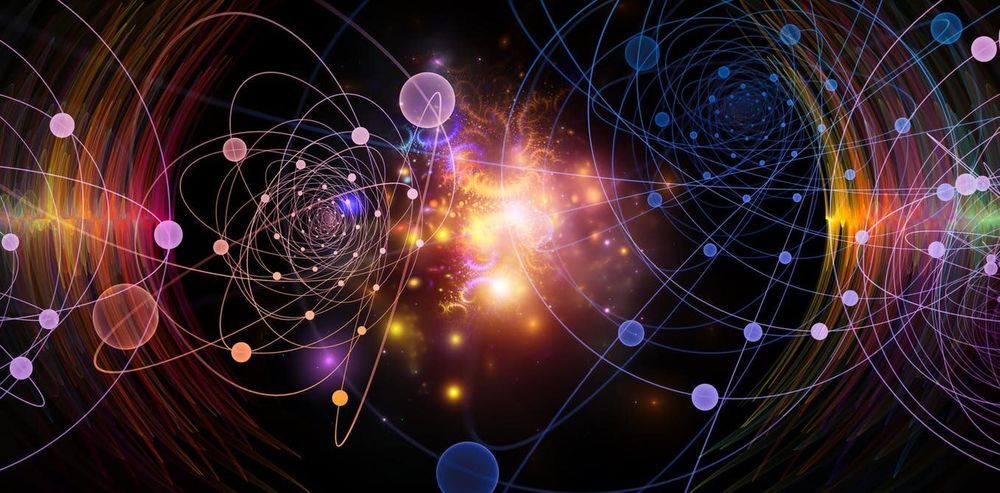Page 8699
Jun 15, 2019
SmartSuit: A Hybrid, Intelligent, and Highly Mobile EVA Spacesuit for Next Generation Exploration Missions.
Posted by Klaus Baldauf in category: futurism
Jun 14, 2019
‘Cold Quasars’ May Be at the End of Their Lives, But They Can Still Birth Stars
Posted by Genevieve Klien in category: space
Quasars usually signify the end of a galaxy’s star formation, but new research suggests some, if not all, galaxies may continue to build new stars for a few million years after the process should have ended.
Jun 14, 2019
Why Nuclear Fusion Really is Coming Soon
Posted by Joseph Barney in category: space travel
Jun 14, 2019
Boston Dynamics: New Robots Now Fight Back
Posted by Joseph Barney in category: robotics/AI
Turns out that last one was a CGI joke but this one isn’t. Facebook wouldn’t let me delete the post.
Recently, I picked up Kai-Fu Lee’s newest book, AI Superpowers.
Kai-Fu Lee is one of the most plugged-in AI investors on the planet, heading management of over $2 billion AUM between six funds, and over 300 portfolio companies in the U.S. and China.
Jun 14, 2019
Next Month’s Total Solar Eclipse Will Pass Right Over a Space Observatory
Posted by Genevieve Klien in categories: physics, space
Next month, a total solar eclipse will pass over a slice of the South Pacific, Chile, and Argentina—and directly over an observatory in the Andes run by the National Science Foundation.
Astronomers and physicists are now preparing the experiments they plan to run during the eclipse. As with past eclipses, these experiments will focus on observing the Sun, as well as the effects of eclipses on Earth.
Jun 14, 2019
Electron (or ‘hole’) pairs may survive effort to kill superconductivity
Posted by Genevieve Klien in categories: energy, materials
Scientists seeking to understand the mechanism underlying superconductivity in “stripe-ordered” cuprates—copper-oxide materials with alternating areas of electric charge and magnetism—discovered an unusual metallic state when attempting to turn superconductivity off. They found that under the conditions of their experiment, even after the material loses its ability to carry electrical current with no energy loss, it retains some conductivity—and possibly the electron (or hole) pairs required for its superconducting superpower.
“This work provides circumstantial evidence that the stripe-ordered arrangement of charges and magnetism is good for forming the charge-carrier pairs required for superconductivity to emerge,” said John Tranquada, a physicist at the U.S. Department of Energy’s Brookhaven National Laboratory.
Tranquada and his co-authors from Brookhaven Lab and the National High Magnetic Field Laboratory at Florida State University, where some of the work was done, describe their findings in a paper just published in Science Advances. A related paper in the Proceedings of the National Academy of Sciences by co-author Alexei Tsvelik, a theorist at Brookhaven Lab, provides insight into the theoretical underpinnings for the observations.
Continue reading “Electron (or ‘hole’) pairs may survive effort to kill superconductivity” »
Jun 14, 2019
A new rubber source could save water, preserve rain forests and even prevent allergic reactions
Posted by Genevieve Klien in category: futurism
Jun 14, 2019
Quantum physics experiment shows Heisenberg was right about uncertainty, in a certain sense
Posted by Genevieve Klien in category: quantum physics
Heisenberg’s famous Uncertainty Principle is put to the test to see if things really are uncertain in the quantum world.
